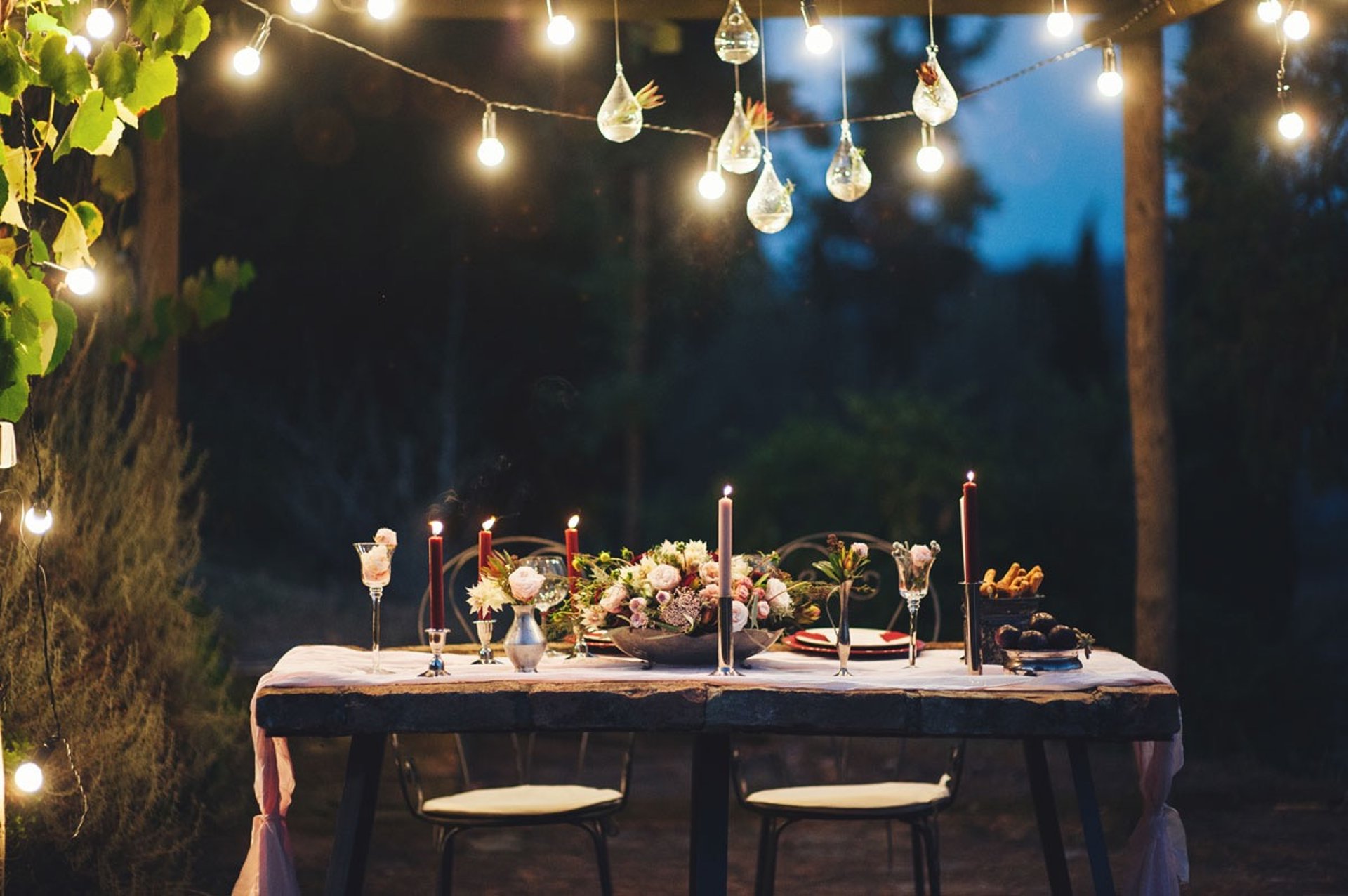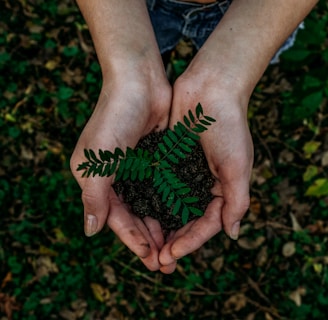
Creating an Eco-Friendly Outdoor Space: Practical Tips for Designing a Garden That’s Good for the Planet
Designing a sustainable garden doesn’t mean sacrificing beauty or comfort. Learn how to create an eco-friendly outdoor space that supports local ecosystems, conserves resources, and brings balance to your home environment — from soil health to mindful décor choices that honor the planet.
SUSTAINABLE OUTDOOR LIVING
Papaver & Petals
10/7/20254 min read


Creating an Eco-Friendly Outdoor Space: Practical Tips for Designing a Garden That’s Good for the Planet
Disclosure: Papaver and Petals is a participant in the Amazon Services LLC Associates Program, an affiliate advertising program designed to provide a means for sites to earn fees by linking to Amazon.com and affiliated sites. As an Amazon Associate, we earn from qualifying purchases at no extra cost to you.
Introduction
Our gardens can be more than beautiful—they can be restorative, regenerative, and mindful of the world around us. Creating an eco-friendly outdoor space is about designing with intention: working with nature rather than against it. Whether you have a small patio or sprawling backyard, you can take simple, practical steps to make your garden more sustainable without compromising its charm or elegance.
1. Start With the Soil: Build From the Ground Up
Healthy soil is the foundation of any thriving garden. It’s alive with microorganisms, nutrients, and organic matter that nourish your plants naturally. Instead of relying on chemical fertilizers, opt for organic compost made from kitchen scraps, leaves, and grass clippings.
Composting not only reduces household waste but also enriches the soil with slow-release nutrients. A sealed compost tumbler or compact bin (like the Vivosun Tumbling Composter - https://amzn.to/49wlH5c) makes it easy to turn everyday waste into garden gold. If you prefer low-maintenance options, consider worm composting (vermiculture) — an excellent indoor alternative that’s both eco-friendly and fascinating to watch in action.
2. Choose Native and Pollinator-Friendly Plants
One of the easiest and most impactful ways to create an eco-conscious garden is to plant native species. These plants are naturally adapted to your local climate, meaning they require less water, fertilizer, and pest control. They also provide essential food and habitat for pollinators like bees, butterflies, and hummingbirds.
Start by researching your local native plant society’s recommendations or using apps like iNaturalist to identify species suited to your region. Pair native perennials with pollinator-friendly flowers such as lavender, echinacea, and milkweed to create a layered, living landscape that hums with life.
For low-maintenance watering, install a drip irrigation system or soaker hoses — they deliver water directly to roots with minimal waste.
3. Rethink Your Lawn: Less Grass, More Green Variety
Traditional lawns can be one of the least sustainable features in a home landscape. They require heavy watering, frequent mowing, and synthetic fertilizers. Instead, consider reducing your turf area by replacing it with ground coverslike clover (Outsidepride Annual Berseem Clover Seeds for Lawn - https://amzn.to/48qmraU), creeping thyme (https://amzn.to/4oLPEmB), or moss. These alternatives stay lush and green while requiring far less maintenance.
If you prefer to keep some lawn for recreation, invest in a manual reel mower (American Lawn Mower Company - https://amzn.to/4rgpM40) instead of a gas-powered one — it’s quiet, emission-free, and surprisingly meditative to use.
You can also create pocket meadows by letting a section of your yard grow naturally with wildflowers and native grasses. These mini-habitats support biodiversity and offer a softer, more organic look.
4. Incorporate Recycled and Sustainable Materials
Eco-friendly outdoor design isn’t just about what you plant — it’s also about what you build and decorate with. Look for furniture and planters made from reclaimed wood, recycled metal, or sustainably harvested bamboo.
Instead of plastic pots, opt for terracotta, biodegradable fiber planters, or even upcycled containers like wooden crates or ceramic bowls. When lighting your space, choose solar-powered LED garden lights to add ambiance without increasing your energy footprint.
For walkways or patios, permeable materials like gravel, crushed stone, or eco-pavers allow rainwater to seep naturally into the soil rather than running off into storm drains.
5. Conserve Water Mindfully
Water is one of the garden’s most precious resources, and thoughtful use can make a huge environmental impact. Collect rainwater using a barrel system (50-Gallon ECO Rain Barrel Made with 100% Recycled Plastic - https://amzn.to/3X7sgE4) connected to your downspouts. The stored water can be used for irrigation, cleaning garden tools, or even rinsing patio furniture.
Mulching is another simple but powerful water-saving technique. Apply a 2–3 inch layer of organic mulch—like shredded bark, straw, or compost—around plants to reduce evaporation, suppress weeds, and improve soil structure over time.
For smaller gardens or container setups, self-watering planters are a great way to minimize waste while keeping plants consistently hydrated.
6. Support Local Wildlife and Biodiversity
An eco-friendly garden thrives when it’s part of a living ecosystem. Encourage birds, butterflies, and beneficial insects to visit by providing food, shelter, and water.
Hang a birdhouse or install a bee hotel to give pollinators safe nesting spots. A shallow bird bath or small water feature also attracts wildlife while adding soothing sound and motion to your outdoor space.
Avoid using chemical pesticides — they harm beneficial insects and disrupt the balance of your garden. Instead, use natural deterrents like neem oil, diatomaceous earth, or companion planting techniques to keep pests under control.
7. Add a Human Touch — But Keep It Gentle
Finally, remember that eco-friendly design doesn’t mean stark or minimal. It’s about intentionality. Add beauty with handcrafted pieces — ceramic bird feeders, woven hammocks, or outdoor textiles made from organic cotton.
When choosing décor, prioritize durability and craftsmanship over trend. The goal is to create a space that grows with you and tells a story of stewardship, creativity, and calm.
Your eco-friendly garden can be both a personal sanctuary and a small act of environmental kindness — a reminder that living beautifully and living sustainably go hand in hand.
Conclusion
Every mindful choice you make — from planting native blooms to using reclaimed materials — contributes to a more balanced world. Sustainability begins at home, and your outdoor space can be a living expression of that philosophy. With thoughtful design and gentle care, your garden becomes not just a place to relax, but a reflection of harmony between you and nature.
